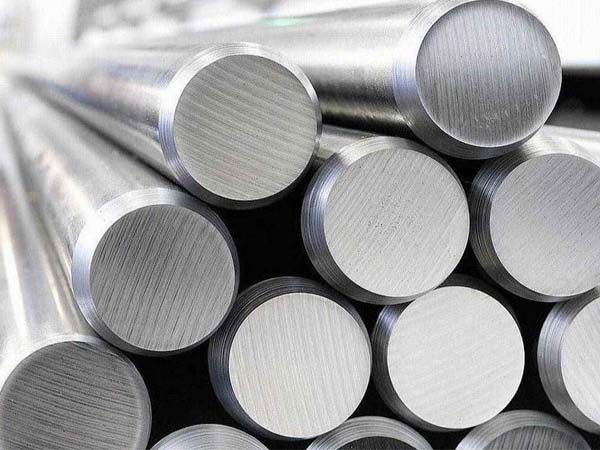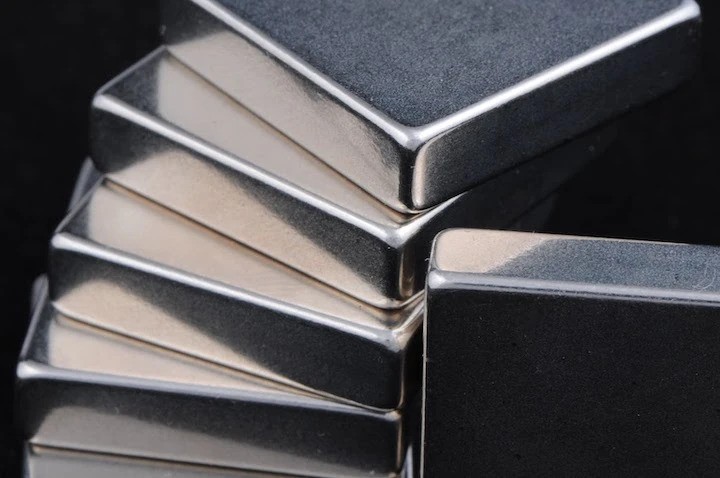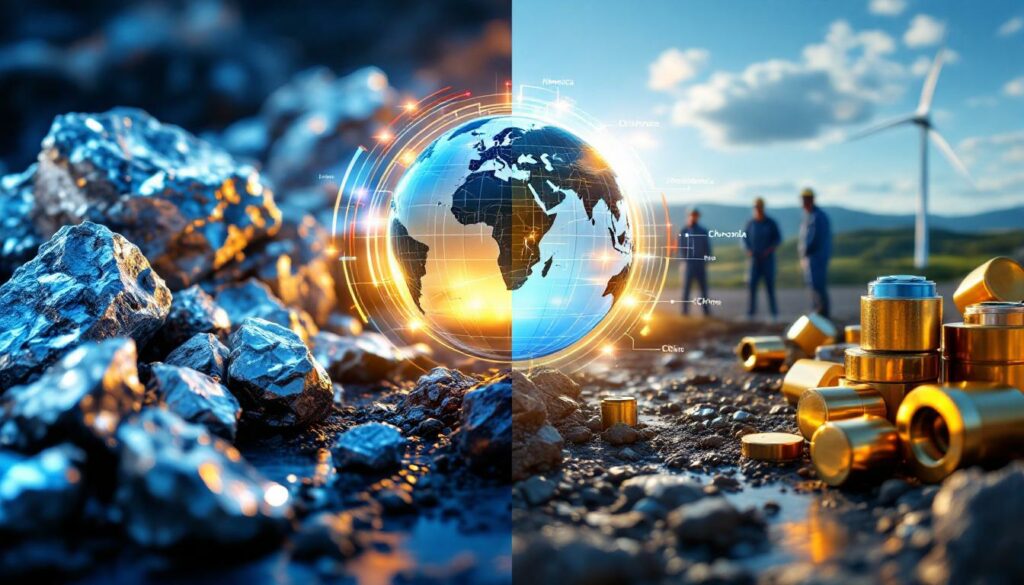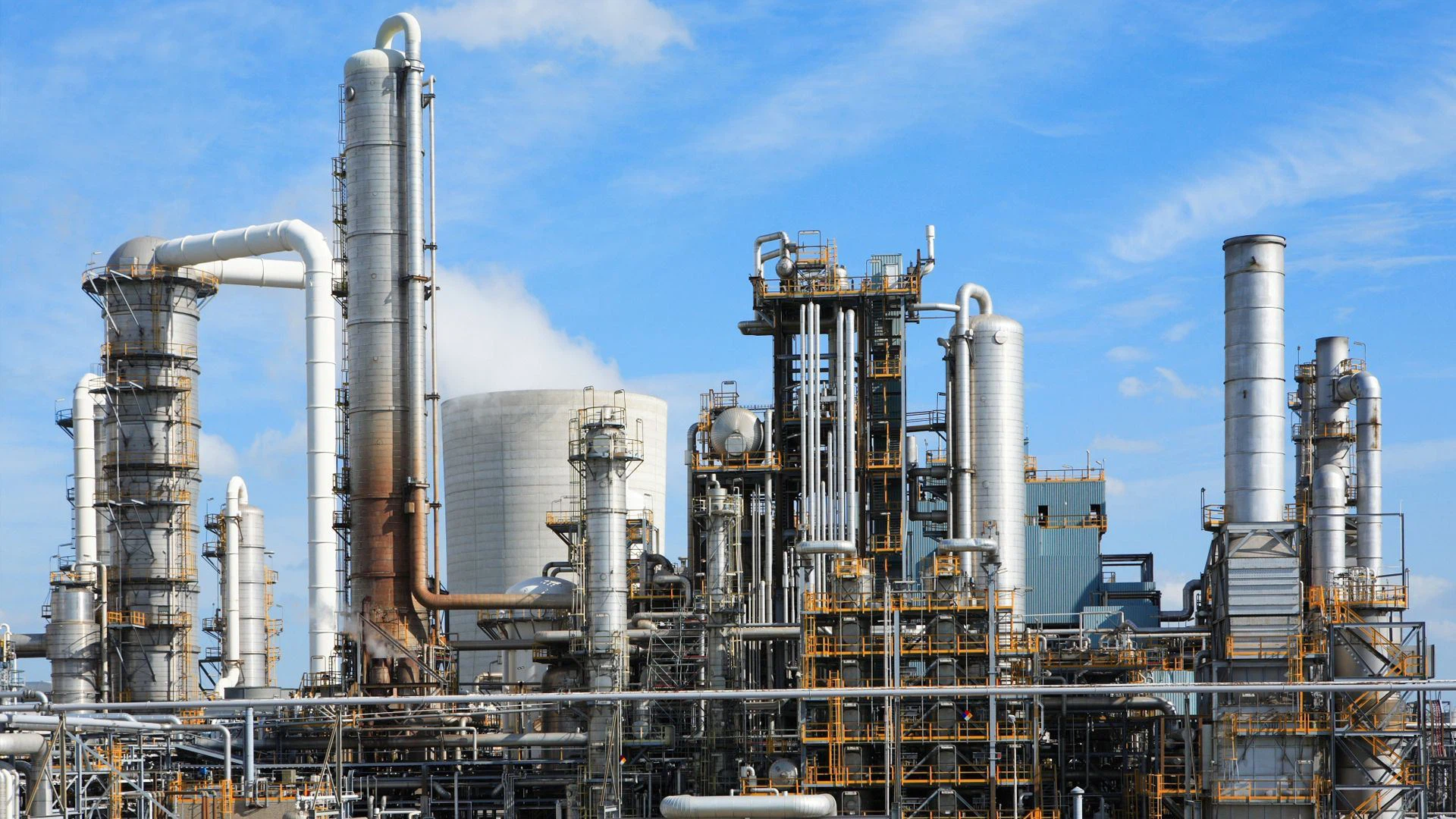





Phone
+86-731-82250427
Address
25th floor, C3 Building, Wanda Plaza, Kaifu District, Changsha, Hunan Province, China.
 May 24 2023
May 24 2023The demand for water and electricity in desert and arid regions of the world is increasing due to increased population and the expectation of high living standards. De-salination plants that are also power plants use the heat extracted from the generation process to evaporate seawater. The desalination industry is expanding and modernizing in order to build more efficient and larger desalination plants that will reduce production costs. Water chemistry, chemical engineering, and efficient energy management are the foundations of this industry. Modern desalination technology consumes less energy and is more environmentally friendly. Thermal and membrane desalination technologies are the most commonly used, and they are powered by “green” solar energy that does not depend on fossil fuels. The activities of numerous professional associations, research and development organizations, and industrial enterprises demonstrate the desalination industry's economic and social importance. The threat of bioterrorism has heightened efforts to protect the available water supply.
Desalination Processes and Plants
Desalination plants are prone to corrosion because they treat and process aggressive saline water under harsh operating conditions such as filtration, heat exchange, distillation, evaporation, agitation, and high-flow, frequently turbulent velocities.. There is no such thing as a universal desalination method; each type of saline water necessitates a process tailored to its physicochemical properties and efficiency. Desalination plants are fed with seawater, containing 35 g/L of total dissolved solids (TDS), or brackish water taken from briny wells or wells infiltrated by seawater, with TDS in NACE International, Vol. 51, No. 5 May 2012 MATERIALS PERFORMANCE 57CHEMICAL TREATMENTthe range of 2 to 5 g/L. Many desalination plants are located in desert/arid areas with harsh weather and little rainfall. Saudi Arabia is home to one-fifth of the Middle East's desalination plants, which provide half of the world's desalted water. As a result, selecting materials for the desalination project is a critical issue.
Specialist materials required in the Desalination Industry
In the desalination industry, Super Duplex and Duplex Stainless Steel pipe are commonly used. These highly specialized materials can resist corrosion, have high strength, and have proven to work reliably over long periods of time in extremely harsh environments.It's no surprise that Super Duplex and Duplex tubing, fittings, and flanges are often used in the desalination industry, where corrosive seawater is treated on such vast scales. They can be used as structural and mechanical elements, as well as in technical equipment and as a part of complex operating systems.
Aside from Super Duplex and Duplex, 6 percent Moly alloys have exceptional resistance to a variety of chemicals and are particularly suitable for environments with high chloride levels, such as brackish water and seawater.6% molybdenum Alloys are commonly found to have high levels of chromium and nitrogen, allowing them to withstand corrosion and stress cracking. They belong to the austenitic steel group, which is one of the most commonly used stainless steel grades.
Molybdenum has many beneficial properties, including high strength and mechanical stability.Perhaps better, it manages to hold those properties even though the temperature increases.Because of these properties, 6 percent Moly tubing, fittings, and flanges are in high demand in industrialised, engineering, and manufacturing markets, such as desalination plants and equipment.Duplex Stainless Steel is used in the design of the majority of modern desalination plants. Usually, the grades of option are 2205 and 2304. Both of these steels are molybdenum-containing alloys with exceptionally high corrosion resistance and mechanical strength.Because of the extraordinary strength of these Duplex Stainless Steels, the thickness and weight of certain equipment, such as evaporator vessels, can be decreased, decreasing costs for the manufacturer and user.
Duplex stainless steel (DSS)
Duplex stainless steel (DSS) has a two-phase structure ( and ) and the properties of both ferritic and austenitic stainless steel. It is highly resistant to corrosion and has a high strength. In the low C state, it is alloyed with 18%-280% Cr and 3%-10% Ni. Alloy elements such as Mo, Cu, Nb, Ti, and N are also present in some steels.
Standard:
ASTM A789 -Standard Specification for Seamless and Welded Ferritic/Austenitic Stainless Steel Tubing for General Service
ASTM A790 - Standard Specification for Seamless and Welded Ferritic/Austenitic Stainless Steel Pipe
ASTM A928 - Standard Specification for Ferritic/Austenitic (Duplex) Stainless Steel Pipe Electric Fusion Welded with Addition of Filler Metal
Why choose Ronsco?
1. Compared with the same industry, due to our more modern and more efficient equipment and 22 years of production experience, the delivery time can be greatly shortened and the cost can be better saved.
2.More modern welding equipment and technology
3. Our average delivery time is 10-15 days. Annual production: 800,000 tons
4. Research and development(R&D):9% of the company's full-year net profit will be directly used for product development,
5. With 10 engineers with more than 15 years of R&D experience, new products are launched every 6 months.

